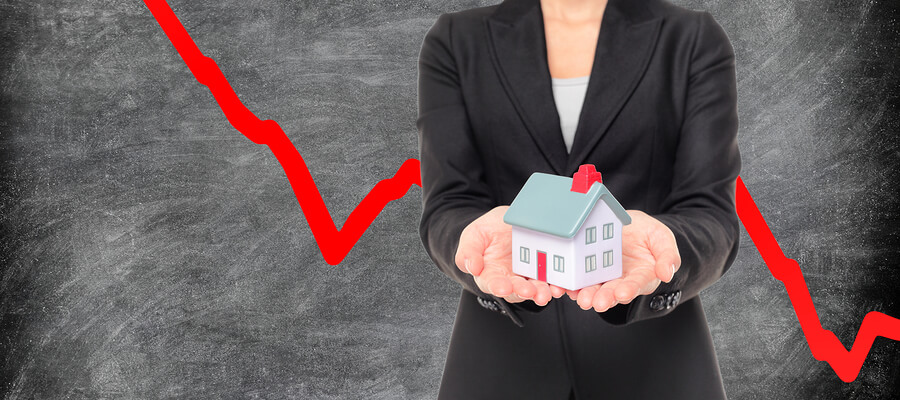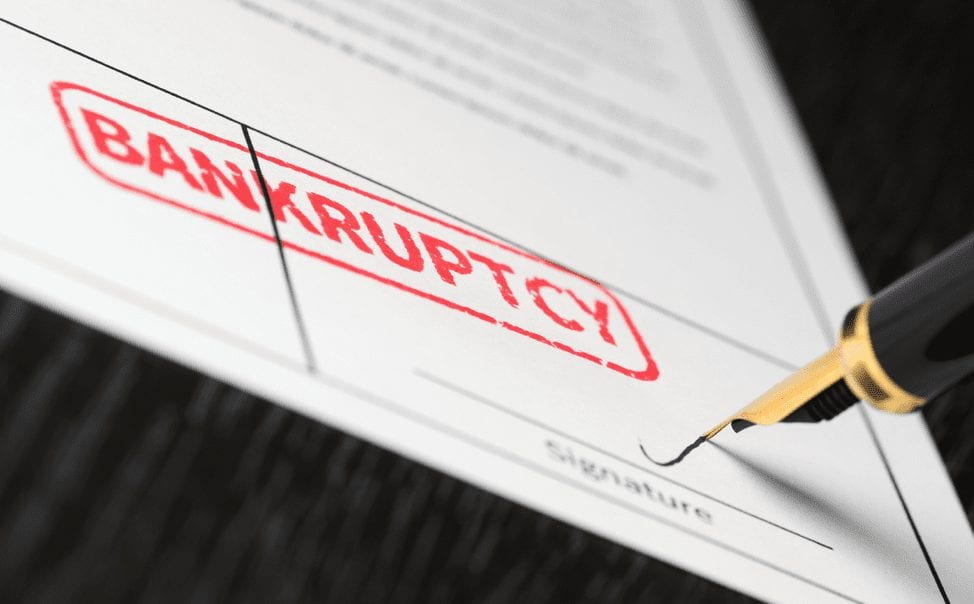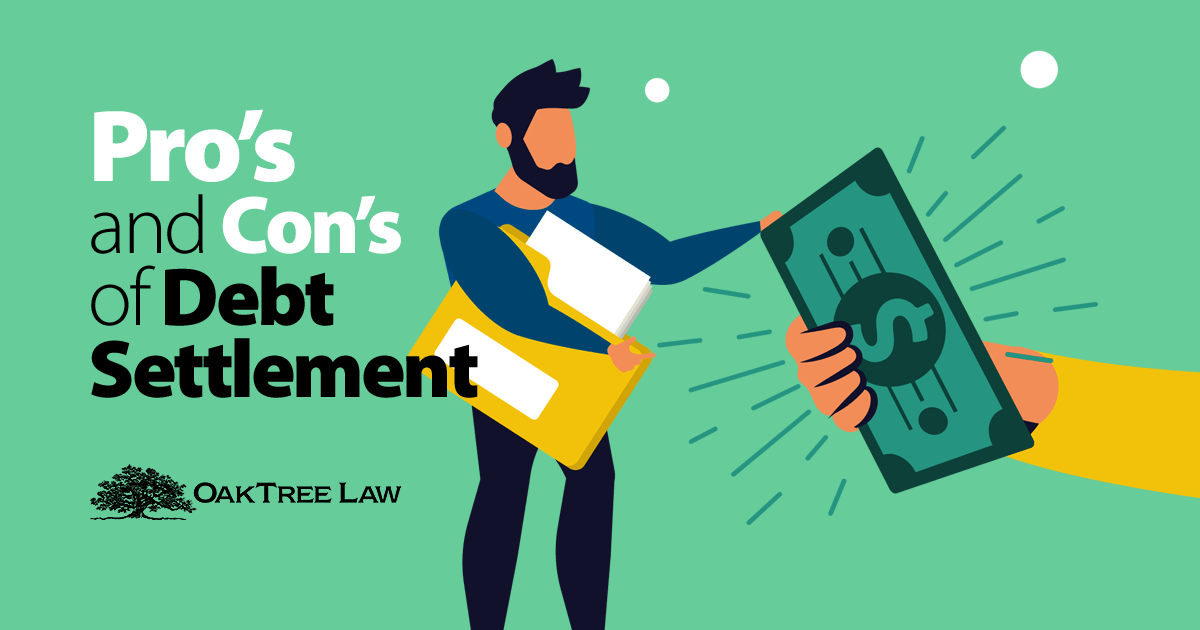Debt settlement and filing for bankruptcy can help get you out of debt. If you have more debt than you can repay, you can file for bankruptcy to discharge unsecured debts or create a repayment plan. Debt settlement enables you to negotiate with creditors if you have delinquent credit accounts or personal loans.
How Settling Your Debt Works
Creditors may approve of this option if you are weighing bankruptcy, which would mean getting little or no payments from you. The amount you owe can be lowered significantly. Your creditor is paid in a lump sum while you deposit monthly payments into a trust account to cover settlement costs and fees. Attempting settlement is a safer alternative to working with debt relief companies, which increases your risk of fraud, uncertain expenses, and other drawbacks.
For the process to work, creditors must agree to settle your debt. Some borrowers stop making payments with the expectation their creditors will be willing to negotiate a lower amount. This puts you at risk of collection agency calls, lawsuits, and owing even more.
Debt settlement can be affordable if the amount you owe is under $5,000 and is negotiated well. You’ll likely pay anywhere from 65% to 90% of your total debt. Interest, fees, and taxes are included. But like bankruptcy, it can have a negative effect on your credit. This option is ideal if you can complete repayment within two to four years, have a consistent monthly cash flow, and have expert guidance.
In general, settling your debt has a 10% success rate.
When Is It Better to File for Bankruptcy?
Bankruptcy is a legal process that requires filing a petition to a court. You must present evidence that you are unable to repay the debts in question, plus receive financial counseling and complete other legal steps before your bankruptcy filing is approved. Chapter 7 bankruptcy can discharge all unsecured debt, such as credit card balances, but it will stay on your credit report for 10 years.
Chapter 13 bankruptcy allows you to create a three- to five-year payment plan while avoiding foreclosure or repossession. It stays on your credit report for seven years. Filing for one or the other can cause a 150 to 200 point drop in your credit score. It can do more damage than debt settlement, but if your settlement plan with a creditor fails, you’ll mar your credit report more and possibly have no other option than filing for bankruptcy.
Bankruptcy puts an automatic stay on collections actions and creditors cannot sue you after the case is complete. But bankruptcy doesn’t cover everything. You can’t discharge student loan debt, child support payments, or income taxes. And with legal fees, a bankruptcy filing can cost thousands of dollars; on the other hand, the approximate cost of debt settlement covers 20% of your debt, plus income taxes.
Chapter 7 bankruptcy has a success rate of about 95%, while Chapter 13 is approximately 55% successful in relieving a borrower of debt.
Manage Your Debt with a Professional Bankruptcy Attorney
Settling your debt or filing for bankruptcy can achieve the same goal. However, they are both very different processes and professional help is recommended to ensure all necessary requirements are met. A Los Angeles bankruptcy attorney at OakTree Law can review your finances, explain your options, and help you make the best decisions. To speak with our Los Angeles or Orange County bankruptcy attorney, call us at 562-219-0979 or request a free evaluation today!








